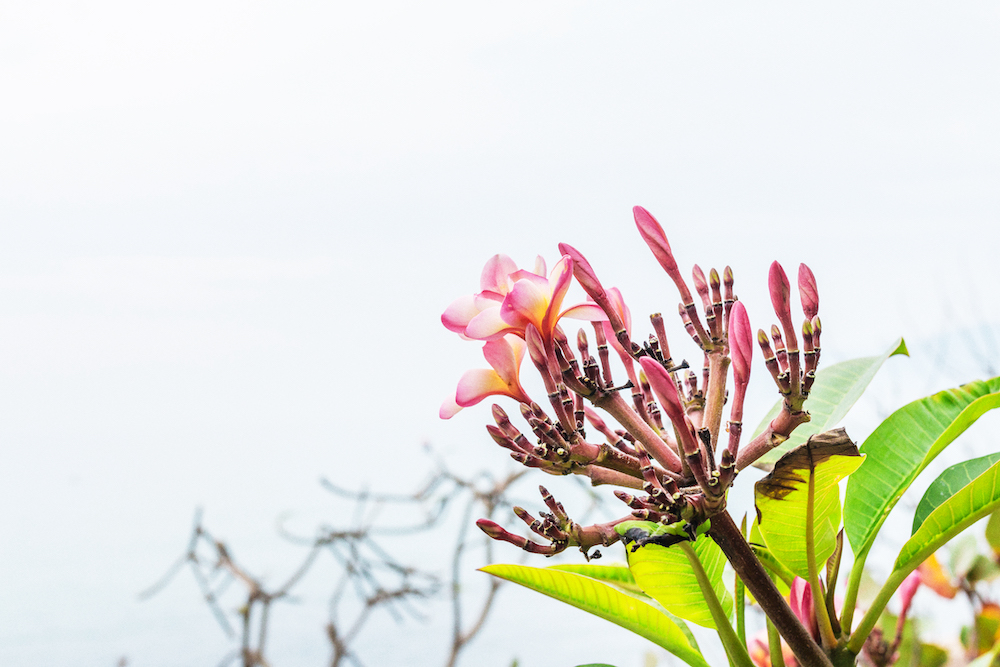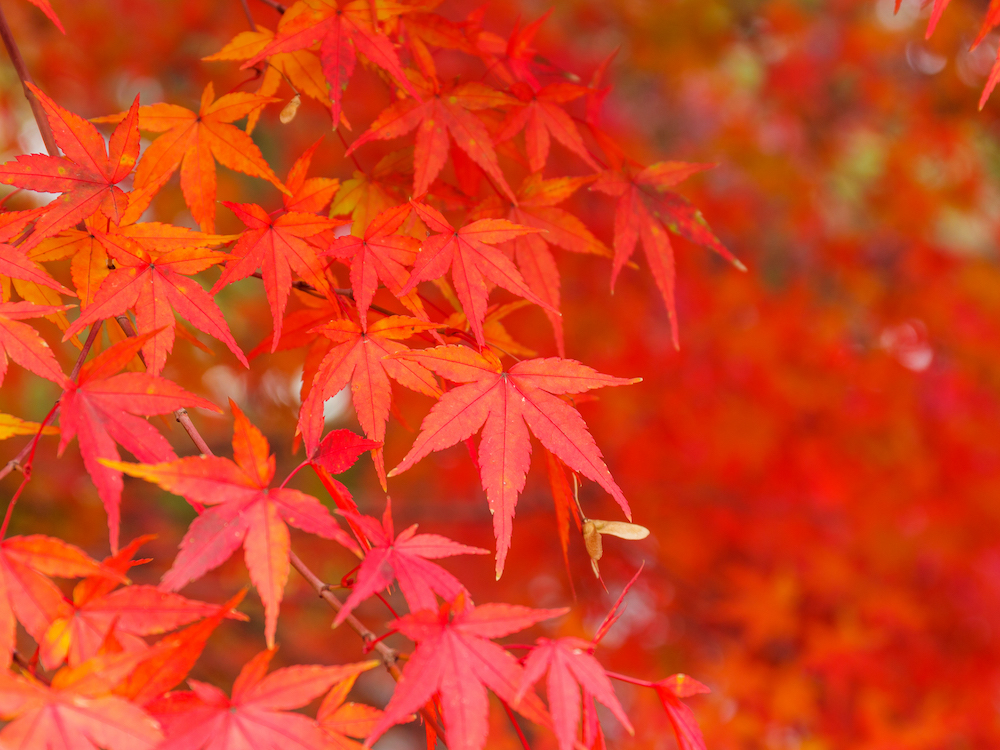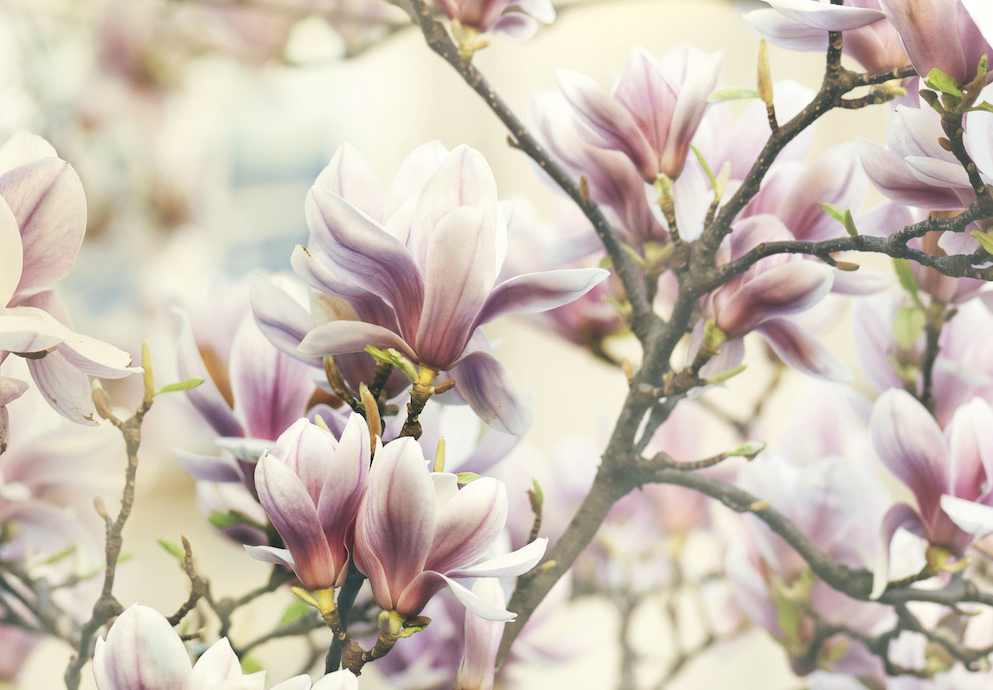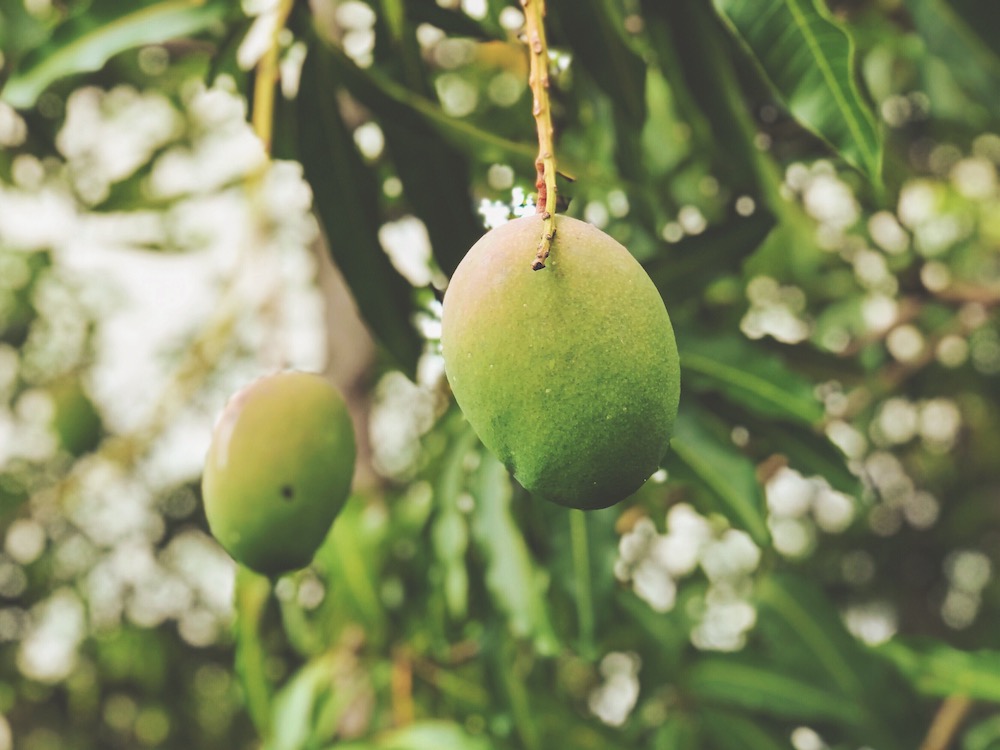Month: September 2021
4 Trees That Increase Property Value in Sydney
In 2019, Sydney Inner West Council had a new regulation, which states “residents will no longer need to seek council approval to prune or remove trees within three metres of an existing home structure.”
But before getting those shears and trimming equipment, consider why remove your trees in the first place when these are our natural defence against pollution? Also, aside from providing shade and fresh oxygen, trees can increase your property value.
Based on AECOM’s study that focused on three Sydney suburbs, a 10% rise in street tree canopy can increase property values by $50,000 on average. Moreover, it can reduce energy bills by up to $400 every year.
So, it is wise to start investing in trees now and reap their benefits in the future. Here are some of the trees that can increase your property value in Sydney:
Frangipani (Plumeria)

Most species of frangipani are native to tropical regions and vary as shrubs or small trees. With their fragrant and eye-catching flowers and large-leaved foliage, garden owners love to have them in their outdoor space. Depending on the type, it blooms white, yellow, pink, or red blossoms during spring throughout fall.
Small trees of frangipani can grow up to 4-8m tall and wide. They thrive best in full sun and well-drained soil. They require regular watering, but you need to reduce the volume during winter to prevent root rotting.
Moreover, they are susceptible to garden pests such as frangipani caterpillars, white scale insects, whiteflies, and mealybugs. These pests usually feed on the trees’ foliage, leaving them vulnerable to sunscald or stunting.
Red Maple (Acer rubrum)

As its name implies, red maple blooms majestic red foliage but sometimes appears as orange or yellow. Considered as a tree that requires less maintenance, busy Sydney garden enthusiasts are planting it for aesthetic and hedging purposes.
At maturity, it grows from 12-20m tall and 9-15m wide. It prefers partial to full sun and adaptable sandy or clay soil. Once established, it can withstand both dry and moist conditions but needs constant deep watering.
There are no severe disease or pest threats for red maple, but it is vulnerable to aphids, borers, and scale. Also, pruning is rarely necessary unless very narrow angles between trunks and branches are evident. Prune at the end of the summer or in autumn to avoid sap bleeds when pruned early in the growing season.
Sweetbay Magnolia (Magnolia virginiana)

Magnolias are classic trees among Sydney residents, but one particular variant captivates the hearts of garden owners. Sweetbay magnolia trees bloom creamy white flowers with a sweet and lemon-like fragrance. Compared to other magnolias, this charming tree produces less mess as it is semi-evergreen.
It grows up to 15m tall in warmer areas but limited to 9m in colder regions. It requires a part to full sun and slightly acidic medium-moist to wet soil. Also, it needs regular watering as it cannot survive dry and arid conditions.
Moreover, it is vulnerable to leaf spot disease caused by bacteria or fungi. Symptoms include circular spots with black outlines and rotting centres. Also, it doesn’t thrive well in severe winters. So you should conduct organic mulching and constant irrigation to prevent the soil from drying out.
Mango Tree (Mangifera indica)

Aside from aesthetics, shade, and privacy, fruit trees also generate delicious products for you to consume. And you don’t need to go too far because a mango tree would undoubtedly satisfy your cravings.
Mango trees grow up to 30-40m tall and have a crown radius of 10-15m. Although it can thrive in almost all kinds of soil, it develops best in well-drained soil, especially in regions with a colder climate. Also, it prefers full sun to produce the best quality of fruits.
Like any other fruit tree, a mango tree needs constant care and treatment. In irrigation, the water should reach its long taproot. Meanwhile, pruning is essential to prevent fungi infestation and remove diseased branches.
Conclusion
Trees have a handful of benefits once established in your garden. They provide shade, privacy and enhance the overall aesthetic of your outdoor space. But most importantly, they increase your property’s value in Sydney, which can be favourable for you in the future.
Planting trees might be easy, but keeping them healthy is another thing. Luckily, Trees Down Under is available in Sydney for professional and excellent garden services.
Professional Tree Services in Sydney
Our team at Trees Down Under understands how tree maintenance can be a challenge. We have developed advanced methodologies to do tree services quickly and efficiently. Expect us to arrive at the earliest time possible after your call, equipped with the appropriate protective gears and tools.
Our friendly staff is available 24/7 to attend emergency garden and tree services. Before booking a job with us, you can avail your free quote with a detailed breakdown of expenses. Don’t hesitate to contact us at 0475 463 597 or send us your enquiries through email.
4 Common Types of Tree Pruning
Pruning is a beneficial process of keeping trees sturdy and healthy. It gives out various advantages and involves different techniques.
Most property owners don’t pay much attention to their trees until issues occur. Since trees need proper care, it’s essential to know what methods to apply when maintaining them.
Below are the four common types of tree pruning to help you get through your tree care journey.
Tree Pruning: Thinning
The main objective of crown thinning is to increase air movement and light penetration through the tree. It involves the selective and careful removal of branches to reduce weight on bulky sections and open tree foliage while keeping its natural shape.
Removing weaker or smaller limbs from your treetops is an essential procedure to improve the condition of leaves and branches underneath. Trees need adequate distribution of air and sunlight for healthier growth.
Besides, crown thinning lowers the risk of having large branches falling during a storm as it lightens bulky limb’s loads.
An arborist may recommend thinning to eliminate excess interior tree branches. When thinning a tree, usually less than one-fourth of the live foliage gets removed.
Tree Pruning: Cleaning
Removing diseased, dead, broken or unhealthy branches from a tree crown is necessary to keep everything in shape. This technique, referred to as crown cleaning, is one of the basic stages of tree pruning.
Paying close attention to your trees’ condition and applying crown cleaning techniques is a vital part of proper tree care. Doing so will help improve your tree’s look and boost curb appeal.
Another thing is that removing unhealthy branches minimises threats of injuries and damage to properties.
Certified arborists are the best ones to rely on for a crown cleaning service. They have undergone proper training and can remove damaged branches safely with the right tools and expertise.
Tree Pruning: Lifting
This pruning process eliminates any low-hanging tree limbs or branches. Arborists do crown lifting to get your trees back in shape.
Low-hanging limbs weigh down the higher branches, which makes trees look a bit off and unstable. The lifting process is essential, especially for trees that overhang along roads and sidewalks. It will help provide clearance for vehicles, pedestrians and structures.
You can also apply crown lifting for the trees within your property when necessary. Well-manicured trees will match your landscaping and leave your site looking healthy. However, this technique is best for younger trees as it can be destructive to larger and more mature ones.
Expert arborists know how to do the job the right way. So if you ever need a tree pruning service like crown lifting, seek help from professionals.
Tree Pruning: Reduction
Crown reduction simply means reducing the tree’s size. It’s usually necessary to give utility lines a clearance.
This pruning process will clear tree branches that interfere with structures. It is vital to decrease the trees’ spread and height by cutting back branch tips to lateral branches at the terminal growth point.
The technique can also help keep your trees’ form and structural integrity. When your concern is about your trees’ height, then a crown reduction might be your way to go. It will ensure that the trees in your property don’t become too heavy at the crown section.
Your trusted arborist should tell you how far your trees would get pruned and what structure needs the clearance. For instance, they will recommend a crown reduction to establish a five feet clearance from your house.
Conclusion
Pruning is a vital part of your tree care. Knowing its four techniques allows you to apply the right one for your trees.
The job can be highly subjective and diverse, depending on the types of trees. However, the overall goal is the same: to have well-manicured and healthy trees that provide clearance for structures.
For more details about tree pruning and care, don’t hesitate to call an expert arborist. You can get on the line with our team at Trees Down Under at any time!
What is the Difference Between Tree Lopping & Tree Pruning?
Trees grow and will eventually need trimming. You can remove branches from a tree using two distinct techniques, lopping and pruning.
These two techniques often get mixed up as they somehow involve similar methods. However, they produce vastly different results.
For someone who has little understanding of arboriculture, it might not be easy to distinguish the techniques. This article will help you differentiate tree lopping and pruning so you can make the right decisions when trimming trees.
Tree Lopping
Lopping is a preventive approach of careful branch cutting for directional growth. It helps you save a tree as you only remove branches instead of eliminating the entire tree.
Its main focus is to cut off damaged or rotten parts of a tree that no longer show signs of growth while encouraging longevity.
Basically, lopping is the trimming of branches to reduce the tree size. Some trees can grow larger, giving you a headache, especially those standing a few meters away from your property. Chances are, you will be dealing with trees interfering with your walls or roof.
Besides, their branches may endanger the people around the area as they can fall unexpectedly at any minute. Trees with damaged sections need lopping to restore their health and extend their lifespan.
For a tree lopping service, you will need the help of professionals. It’s essential to know who to call if you ever have trees on your property to take care of.
The experts can help you cut down half of your tree at a safe height and perform tree lopping using the right tools and equipment.
Tree Pruning
Pruning focuses on cutting away small tree branches partly when necessary. It is a beneficial process for trees, especially when it comes to the perspective of health.
You can prune a tree using different techniques, such as crown lifting, thinning, cleaning, and reduction.
Since trees will have new shoots that will later turn into branches, removing them earlier will help keep your trees in shape.
Old branches will keep growing, and the developing shoots can go out of boundaries when they start to get big. New branches can occupy significant space for other plants. Hence, you will need to have them pruned as early as possible.
Besides, trees are vulnerable to diseases and other infestations. Fortunately, pruning can prevent the spread of such diseases. If the problem has started from the branches or leaves, your trusted arborist can spot them and cut those parts for you.
If you have certain tree types that bear fruit or flower, then you must practice annual pruning. This is because new branches will guarantee the growth of high-quality flowers and fruit.
Final Thoughts
Trees play an important role in our surroundings, and they need proper care for our safety. If you have trees that’s near structures or buildings, lopping and pruning them would be necessary.
Lopping allows you to remove damaged portions of trees to reduce tree size, while pruning helps improve trees’ health and shape.
Both lopping and pruning can save a tree. However, if these two processes fail to do so, complete tree removal would be your last resort.
If you need help with tree care and removal, you can always contact us at Trees Down Under. We are within your reach anytime.
Types of Fallen Tree Damage & What You Should Do
Fallen trees often result from severe weather or strong winds. But whatever the cause is, dropped trees or branches bring a great deal of damage and inconvenience.
This unfortunate situation can affect properties and people significantly. To understand more, we’ve listed the common types of fallen tree damage and what you should do to prevent them.
Damage to Property, Building or Structure
A fallen tree can cause destructive damage to buildings and structures. There are various reasons why trees fall. Some may be unavoidable, while others are preventable.
Trees falling due to heavy winds or storms are out of your hands. However, fallen trees caused by pests and human error are often manageable.
Keep your trees in good condition and avoid sudden falling issues by taking preventive measures. Another best way to avert the damages from fallen trees and branches is to refer your concern to an expert arborist.
The professionals will inspect every part of your tree, including the ground where it’s standing. They can classify trees with a high risk of falling and perform tree removal to prevent building or structure damages.
Feel free to ask for recommendations as some trees may not need complete removal. Dead or damaged trees are often the ones you need to take care of, especially when they’re standing near houses or other structures.
Automobile Damage
When a tree suddenly falls on your car or other types of vehicle, it may cause significant damage and leave you frustrated.
Any automobile parked outside, especially those that are near trees, are susceptible to damages. Fortunately, you can turn to a licensed arborist to identify which trees bring great hazards to vehicle parking areas.
During a storm or severe weather condition, it is advisable to park your vehicle indoors to avoid damages from a fallen tree. Although it is not always possible, it’s one of the best ways to make yourself at ease during such times.
Road & Trail Closure
Fallen trees and slump branches are among the most common causes of blocked roads and trails. This situation often happens after a heavy storm, making emergency responses quite difficult.
Moreover, fallen trees bring a series of inconveniences. Not only does it restrict access to emergency response personnel, but also it blocks cars and other vehicles from passing the way.
It’s best to remove or trim trees that impose threats of road and trail blockage. Tree removal will help you ensure safety and accessibility at all times.
Power Interruption
Power lines can also incur damages due to fallen trees. When a tree or branch falls on electrical cables during a storm, it can disrupt the power connection.
The loss of electricity supply can significantly affect homes and businesses. In worst cases, it may lead to food spoilage, data loss, and other problems.
Removing trees that may damage electrical connections is necessary to prevent outages. Ask a qualified arborist in Sydney to do the job for you safely.
Injury & Death
Although not common, injuries and death can also result from fallen trees or branches. Most unfortunate incidents occur when people are inside their homes, and a tree suddenly drops on them.
There are also instances of injuries and deaths outdoors, usually during severe weather. It is essential to ensure you’re in a safe place when a strong wind or storm strikes.
Prevent Fallen Tree Damage with Tree Care and Removal
Trees need care and maintenance to remain sturdy and healthy. The best way to avoid fallen tree damages is to apply preventive measures.
Regular inspection will help you know the condition of your trees, especially those that are only a couple of metres away from your house or building. Ask an expert arborist to do this for you as they know the proper techniques for tree care.
If there’s a need to remove a tree for your safety, your arborist will tell you and do the removal job as well. When you see a fallen tree, whether it has caused damages or not, take action right away and remove it from the site.
Your best option for tree care and removal is to call a trusted arborist in Sydney. What you need is Trees Down Under to come and perform an exceptional tree removal service for you.
We are always up and coming for any tree services. If you want to keep your property and trees safe, we can do careful inspections and preventive measures to prevent fallen tree damages.
Tree care and removal is our specialty. Call us for professional assistance on tree-related issues.